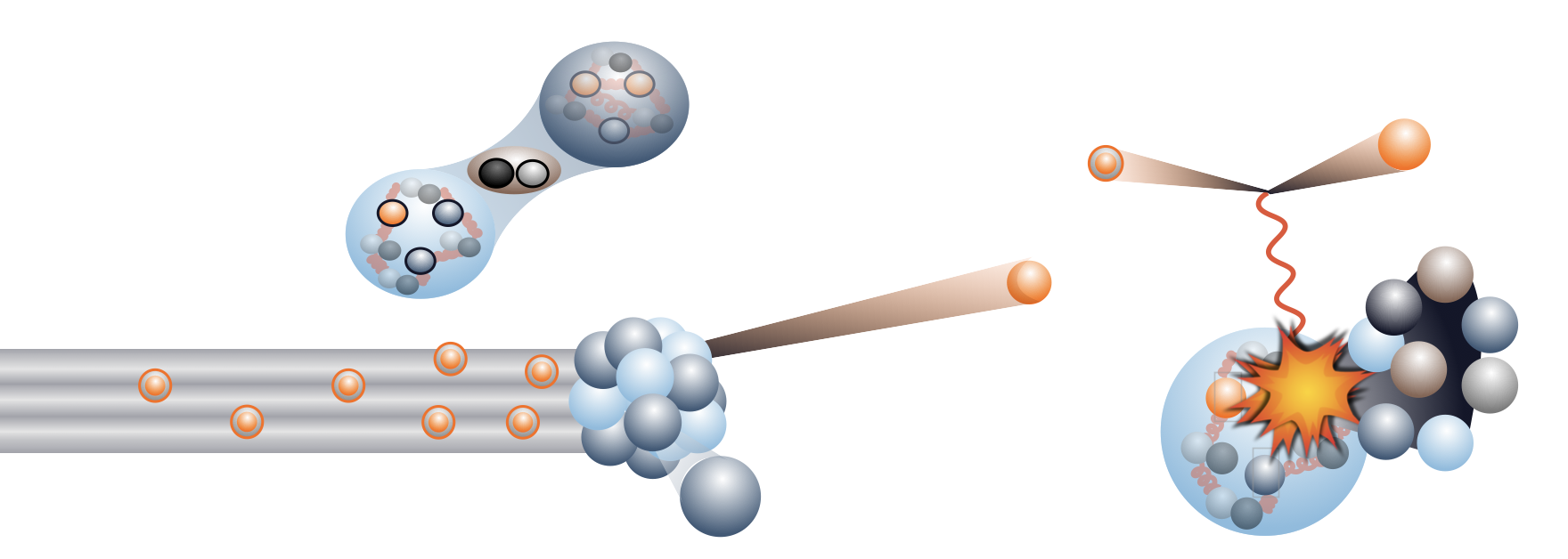Neutrino Interactions
Experiments like DUNE, SBND, and MicroBooNE study neutrino oscillations by generating beams of neutrinos, and monitoring how the energy spectrum of each neutrino flavour in the beam changes over a long distance. These experiments are hugely challenging – neutrinos are invisible to particle detectors, so we can only learn about them when they interact with the atoms in a detector - something which happens very rarely. To complicate matters further, the difficulty of making neutrino beams means that our beams contain a wide range of neutrino energies. That means that, when we detect a neutrino, we won’t know how much energy it had - to calculate that, we need to understand how it interacted. Unfortunately, these interactions are extremely complicated - especially when detectors are made of large, complex nuclei like argon, used in DUNE - and we don’t yet have any models that can fully describe them. Our lack of knowledge of neutrino-nucleus interaction processes is one of the biggest challenges for neutrino experiments to make the precision measurements they need.

The new generation of neutrino experiments enables us to perform much more precise measurements of how neutrinos interact. Our group is particularly interested in electron-neutrino interactions, which happen to be the golden channel of oscillation searches for a new particle, the sterile neutrino, as well as future long-baseline measurements searching for CP violation in the DUNE experiment. We have led two of the first measurements of electron-neutrino cross sections on argon using the MicroBooNE experiment using the off-axis neutrino beam and are developing new measurements in MicroBooNE, SBND and DUNE.
A different and novel approach to this problem is to look at electron-scattering data. Electrons are much easier to work with than neutrinos, but are affected by the same nuclear effects. It’s easy to make an electron beam of a precise, single energy, and they interact far more readily than neutrinos, meaning that just a few days of beam time can generate huge amounts of data.
Experiments involved:

